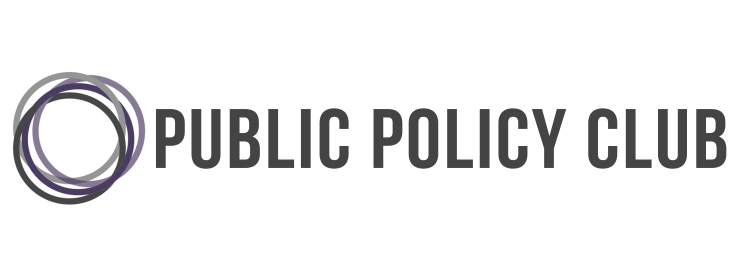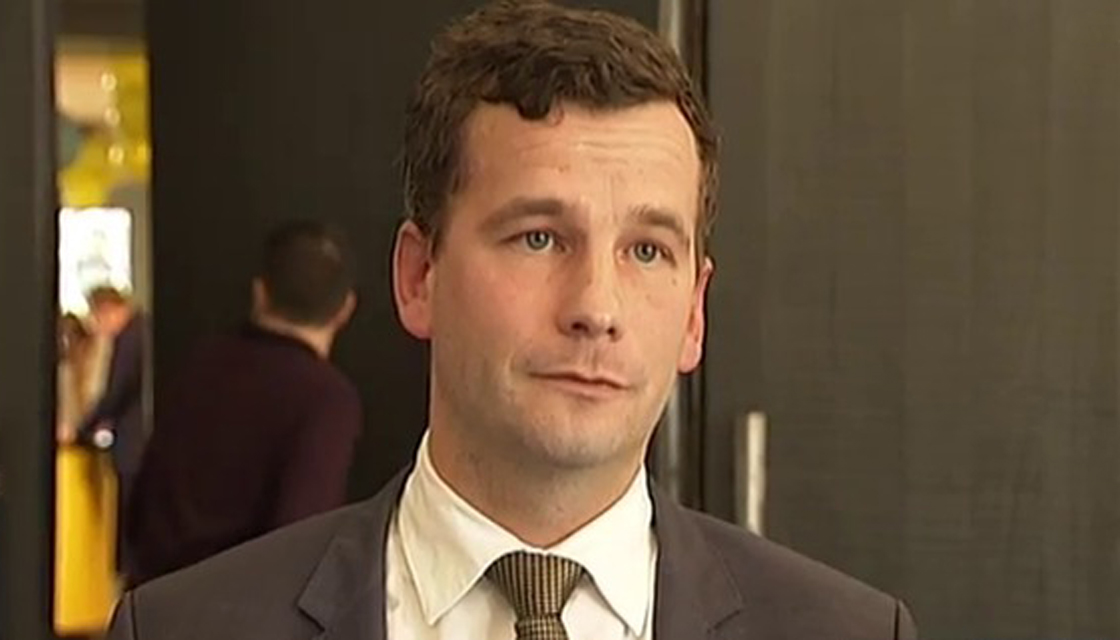By Ellis Pike
The End of Life Choice Bill is a private member’s bill introduced by ACT Party leader David Seymour in 2017. It passed its second reading on the 26th of June and is now before the Whole House Committee for review. Considering the controversial nature of this Bill, this article will clarify its content, as well as the process and safeguards that it currently would establish. Arguments for and against euthanasia, and the approaches that other countries have taken, will be assessed as well.
https://www.newshub.co.nz/home/politics/2019/07/euthanasia-eligibility-changes-made-in-david-seymour-s-end-of-life-choice-bill.html
The Bill:
1. Who is Eligible:
Section 4 outlines that only New Zealand citizens or permanent residents who are 18 years or older are eligible euthanasia.. They must also have either a terminal illness that will likely kill them in six months or less, or have a grievous and irremediable medical condition. The person must also be in an advanced state of irreversible decline of capability and must be experiencing unbearable suffering that cannot be remedied by any means that the person deems bearable. On top of this the person must be able to comprehend the nature of assisted dying and the consequences of the them dying.[1]
2. The Process:
A person who fits the above criteria will inform their doctor of their wish to end their life. The patient will then sign a form confirming their wish. When they are ready the patient will inform the doctor that they wish to exercise the option, the doctor will give the patient four options to deliver the lethal dose of medication: ingestion or intravenous injection, triggered by the patient or the doctor. At the time specified by the patient, the doctor will provide the dose of medication and give the patient the option not to go through. If the patient does not withdraw, the dose of medication will then be delivered by the patient’s chosen means.
3. Safeguards
The Bill has safeguards to ensure that the process is carried out such that only those who truly wish to end their life and are eligible are able to. These begin with the role of the doctor who is informed of the patients wish. The doctor must discuss with the patient their prognosis, alternative options for end of life care, the consequences of assisted dying, and encourage the patient to talk to family, friends and councillors about their wish. However, they must also inform them that they don’t have to talk to anyone else about their wish if they don’t want to. Furthermore, the doctor must ensure that the patient is aware that they can change their mind at any point and confirm that they are not under pressure from anyone. They can do this by conferring with other doctors who are in contact with the patient, and by talking to family members. The doctor must then complete a form detailing that they have followed the steps above. These steps ensure that the patient has all the knowledge available to them about the procedure, the consequences and that it is truly what they want.
Once the patient’s willingness is established, the doctor must then assess whether the patient is eligible for the procedure. This is done using the requirements set out in Section 4. An independent medical practitioner must then also assess the patient and decide whether the patient is eligible. Should there be a conflict, a third opinion is reached by getting a specialist to assess the patient. If the patient is eligible then the process will continue. The patient is at all time notified that they can change their mind at any point of the process. This ensures that they feel no obligation to continue the process if they no longer wish to.
The safeguards are designed to ensure that no coercion can occur, which is one of the biggest concerns when considering a bill of this nature. Ensuring the patient is aware of their ability to withdraw at any time gives them the opportunity to withdraw when they are alone and unlikely to be pressured. The doctor is required to talk to the patient alone and consult doctors who may have more contact with the patient to ensure that it is actually the wish of the patient.
https://www.parliament.nz/en/get-involved/features/hearings-begin-on-end-of-life-choice-bill/
Morality:
A common analogy used to justify a view in favour of voluntary euthanasia is that animals are put down when they’re terminally ill, and that ought to thereby apply to people as well.[2] This highlights the difference in attitude towards life that we have when comparing humans to animals. It is seen as a mercy to put down your sick/injured cat or dog yet when people talk of having the option to end their own life, it is called ‘playing God’, or unnatural.[3] To some, this is a straightforward analogy, in both cases the quality of the life is prioritised over the duration of life, both cases result in the ending of suffering. However, in many cultures the sanctity of life is a key pillar on which their culture is built on. This is largely due to the concept of respecting and caring for your elders that is encouraged through religion. Being in control of life and death is also a concept that people associate with God, that God will determine when it is your time to join him in heaven. By interfering with the natural order of things, people are ‘playing God’, this for many is enough of a reason to be opposed to euthanasia.
An argument is favour of euthanasia is that this is merely a choice; the option to end your own life is not being forced upon anyone who does not want to. Therefore, the fact that you don’t want to exercise the option should not be used as a justification to prevent other people from having the choice and wish to do so. Their choice to exercise the option does not in any way affect your choice not to.
One argument that is especially relevant in New Zealand with our high suicide rate, is that some people consider it a double standard. Suicide is something that we seek to prevent, yet euthanasia is being considered as a valid end of life option. Those against euthanasia consider it to be another form of suicide.[4] Although there are strict criteria about who can exercise the option, many fear that the definition of “unbearable suffering” could be eroded over time to result in illnesses such as depression being covered. This would then give those with mental illness a legal way to end their life, possibly indicating to some that this is acceptable. Even if this erosion not occur, many think that it would create the impression to those suffering from mental illness and who are suicidal, that it is acceptable to kill themselves given euthanasia would be legal. Those for euthanasia often distinguish this reasoning by stating that euthanasia is for people with terminal illnesses or grievous and irremediable medical conditions. Depression, whilst it may meet the criteria of creating unbearable suffering, does not meet either of these two criteria. Another option to prevent this is to specify in the Bill that mental illnesses such as depression alone are not enough to establish grounds to make the person eligible for the procedure.
Doctors also have a significant objection to their role in euthanasia, given that many doctors see their job to be the preservers of life and that by allowing euthanasia, many doctors are put in situations where they may have to end someone’s life.[5] The Bill does address this concern; Section 6 outlines the option for doctors to object to being involved in the process, in which case another doctor is called upon in their place. This prevents those who don’t wish to be a part of the process from having to be involved in it. However, this could result in a small proportion of doctors being forced to conduct the majority of euthanasia cases. Once a doctor is known to be willing to perform the procedure, other doctors who are less sure of their own position may object, knowing that another doctor would be able to perform the procedure, and therefore keep their conscience clear. Although some doctors may feel this way, others believe that their job is to prevent suffering and see euthanasia as a procedure that can end their suffering. Due to the requirement that the patient be in unbearable suffering a doctor with this view will be comfortable complying with the wish of the patient to end their life.
A key issue that many politicians have focused on when considering enacting the Bill is the effect that coercion could have on people’s decisions.[6] Earlier I outlined the safeguards that are in place to prevent this from occurring, however some politicians such as Michael Wood believe that it is not always explicit pressure that causes the patient to choose the option, rather an implicit pressure. This is explained as the feeling the patient gets when they believe that they are a burden to their family and so choose to exercise the option. This implicit pressure is likely to be unavoidable given that you can’t control how the patient will feel. Encouragement by the doctor for the patient to speak to family may help to come to terms with what they want or don’t want. The implicit feeling of pressure may be self-imposed and therefore by talking to family members, they may be able to address the feeling.
Other Counties and their Experiences
Other jurisdictions have legalised euthanasia, including Belgium, Canada, Colombia, Luxembourg, the Netherlands, Switzerland. Six US states also allow it: California, Colorado, Montana, Oregon, Vermont and Washington State.[7]
The law in many of these countries are extremely liberal, for example the Netherlands has an age limit of 12, with parental consent. In the Netherlands there is also no requirement for you to be terminally ill as long as you are experiencing unbearable suffering. There is no mandatory waiting time either, meaning you can decide to go through we the procedure at any time. In Belgium, there is no mandatory waiting time for terminally ill patients, however, if you are not terminally ill you must wait one month before you can go through with the procedure.
Switzerland is the only country that offers euthanasia to foreign nationals; however they do not allow anyone else to perform the act that causes death. The number of deaths attributable to euthanasia are around 1.5% of the total, indicating that although the choice is available many choose not to exercise it.
These systems are all examples of the effect that an erosion of the meaning of unbearable suffering can have. Although only a small number of people are actually exercising the option, it is considered by many that one person who uses it who shouldn’t is one person too many.
The proposed system established by the Bill is similar to Oregon’s system of euthanasia which has been operating since 1997. It is important to note that there has been no discernible liberalisation of the law since then, proving that it is not always the start of a slippery slope as many would claim.[8] By 2017, 143 people had used the Death With Dignity Act’s option to end their life.[9]
The morals around euthanasia are difficult to deal with and there are strong arguments on both sides. However, there is evidence from other countries that if managed it can be a successful system. No matter what side you sit on, it is important to look at the Bill as a whole and decide whether the safe guards in place will prevent the main fear of coercion.
[1] http://www.legislation.govt.nz/bill/member/2017/0269/latest/DLM7285905.html
[2] https://www.independent.co.uk/life-style/health-and-families/features/euthanasia-for-animals-what-can-it-teach-us-about-assisted-suicide-in-humans-10405840.html
https://aeon.co/essays/why-do-we-give-dogs-a-better-death-than-we-give-ourselves
[3] https://serendipstudio.org/exchange/serendipupdate/euthanasia-should-humans-be-given-right-play-god
[4] https://www.heritage.org/life/commentary/the-ugly-culture-legalizing-physician-assisted-suicide-would-create
https://www.nzherald.co.nz/nz/news/article.cfm?c_id=1&objectid=11900872
[5] https://vivredignite.org/en/against-euthanasia/
https://euthanasia.procon.org/view.resource.php?resourceID=000126
[6] https://www.parliament.nz/en/pb/hansard-debates/rhr/combined/HansDeb_20190626_20190626_28
[7] https://www.mydeath-mydecision.org.uk/info/assisted-dying-in-other-countries/
[8] https://www.abc.net.au/news/2017-11-10/fact-check-do-assisted-dying-laws-lead-to-a-slippery-slope/9116640
[9] https://www.abc.net.au/news/2017-11-10/fact-check-do-assisted-dying-laws-lead-to-a-slippery-slope/9116640
Featured Image: https://www.change.org/p/new-zealand-parliament-pass-end-of-life-choice-bill-allowing-assisted-dying-for-terminally-ill
The Public Policy Club is a non-partisan club at the University of Auckland that aims to encourage, educate and involve students from all backgrounds in the education and development of political knowledge. The views and opinions expressed in this article are those of the author and do not necessarily reflect those of PPC.


 https://www.newshub.co.nz/home/politics/2019/07/euthanasia-eligibility-changes-made-in-david-seymour-s-end-of-life-choice-bill.html
https://www.newshub.co.nz/home/politics/2019/07/euthanasia-eligibility-changes-made-in-david-seymour-s-end-of-life-choice-bill.html


